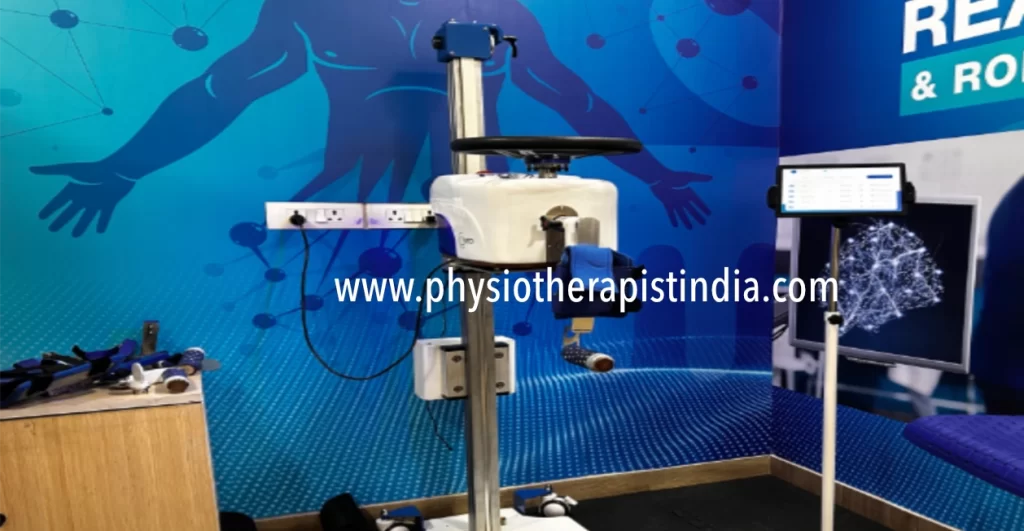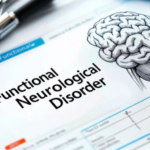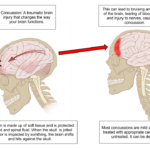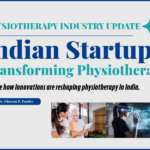
4 Reasons Why Technology-Driven Stroke Physiotherapy is Best for Stroke and Paralysis:
UNLOCKING A NEW ERA OF REHABILITATION
Stroke is a leading cause of long-term disability worldwide, often resulting in significant impairments in movement, sensation, and function. For individuals affected by stroke and paralysis, rehabilitation is crucial for optimizing recovery and regaining independence. Traditional physiotherapy approaches have long been the mainstay of stroke rehabilitation, focusing on manual techniques, therapeutic exercises, and patient education. However, recent advancements in technology have revolutionized stroke physiotherapy, offering innovative solutions that enhance outcomes and accelerate recovery. In this comprehensive guide, we’ll explore four key reasons why technology-driven stroke physiotherapy is the best approach for individuals with stroke and paralysis, unlocking a new era of rehabilitation.
1. PERSONALIZED AND TARGETED INTERVENTIONS:
Technology-driven stroke physiotherapy allows for personalized and targeted interventions that address the unique needs and challenges of each individual. Advanced technologies such as robotics, virtual reality, and motion capture enable precise assessment of movement impairments and customization of rehabilitation protocols based on specific deficits and goals. For example, robotic exoskeletons and devices provide assistance and resistance tailored to the patient’s level of impairment, allowing for intensive and task-specific training of affected limbs. Virtual reality systems create immersive and engaging environments where patients can practice functional tasks and activities, promoting motor learning and neuroplasticity. By tailoring interventions to the individual’s abilities and goals, technology-driven stroke physiotherapy maximizes effectiveness and promotes optimal recovery.
2. INTENSIVE AND REPETITIVE TRAINING:
Repetitive and intensive training is essential for promoting neuroplasticity and motor recovery after stroke. Technology-driven stroke physiotherapy offers opportunities for high-intensity and repetitive practice of functional movements, which are critical for driving neural reorganization and functional gains. Robotic devices and virtual reality systems enable patients to engage in intensive training sessions that target specific movement patterns and motor tasks. These technologies provide real-time feedback, performance metrics, and progression tracking, motivating patients to challenge themselves and strive for improvement. By facilitating intensive and repetitive training in a controlled and standardized manner, technology-driven stroke physiotherapy accelerates recovery and enhances functional outcomes for individuals with stroke and paralysis.
3. ENHANCED ENGAGEMENT AND MOTIVATION:
Engagement and motivation are key factors in successful stroke rehabilitation, as they influence adherence to treatment and long-term outcomes. Technology-driven stroke physiotherapy offers immersive and interactive experiences that enhance engagement and motivation during rehabilitation sessions. Virtual reality environments provide stimulating and enjoyable settings where patients can participate in engaging activities such as games, simulations, and exercises. Robotic devices offer dynamic and challenging interactions that encourage active participation and effort. Additionally, feedback mechanisms, progress tracking, and performance goals incorporated into technology-driven interventions provide positive reinforcement and motivation for patients to continue their rehabilitation efforts. By enhancing engagement and motivation, technology-driven stroke physiotherapy promotes adherence to treatment and fosters a positive rehabilitation experience for individuals with stroke and paralysis.
4. OBJECTIVE ASSESSMENT AND PROGRESS MONITORING:
Accurate assessment of movement impairments and progress monitoring are essential for guiding stroke rehabilitation and evaluating treatment outcomes. Technology-driven stroke physiotherapy offers objective assessment tools and progress monitoring capabilities that enable therapists to track patients’ functional abilities and recovery trajectories with precision. Motion capture systems, wearable sensors, and biomechanical analysis software provide detailed kinematic and kinetic data on movement patterns, joint angles, and muscle activity during rehabilitation sessions. These objective measures allow therapists to monitor progress, identify areas of improvement or regression, and adjust treatment plans accordingly. Additionally, real-time feedback and performance metrics provided by technology-driven interventions facilitate self-monitoring and goal setting, empowering patients to take an active role in their recovery process. By enabling objective assessment and progress monitoring, technology-driven stroke physiotherapy enhances the effectiveness and efficiency of rehabilitation interventions, leading to improved outcomes for individuals with stroke and paralysis.
Technology-driven stroke physiotherapy represents a paradigm shift in stroke rehabilitation, offering innovative solutions that enhance outcomes and transform the rehabilitation experience for individuals with stroke and paralysis. By providing personalized and targeted interventions, facilitating intensive and repetitive training, enhancing engagement and motivation, and enabling objective assessment and progress monitoring, technology-driven approaches unlock new possibilities for recovery and independence. As technology continues to advance, the future of stroke rehabilitation holds promise for even greater advancements and innovations, ultimately improving the lives of millions affected by stroke and paralysis around the world.





